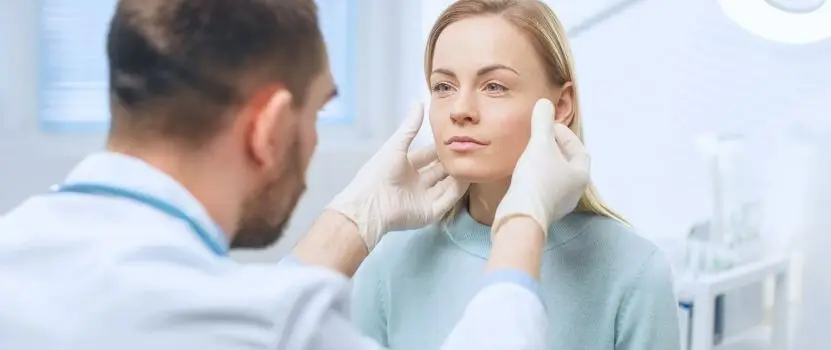Genetics, lifestyle, and your environment can all play a role in the shape of your body. So, when life events — such as dramatic weight gain or loss, childbirth, or other health conditions leave you feeling insecure about your figure, cosmetic surgeries may seem like a good solution for getting your body back in the shape you feel comfortable in. One such method is fat transfer. But, is it safe? And, what cosmetic options are available?
What is fat transfer?
Fat transfer is a cosmetic procedure that uses fat from a patient’s own body to reshape and plump desired areas — such as the buttocks, breasts, and face. During the procedure, fat from the patient is removed, processed to remove impurities and concentrate fat cells, and re-injected into areas of the body where additional fat is desired.
Is fat transfer safe?
Unlike procedures that use foreign objects, like silicone implants, fat transfer is often considered safer because there is no risk of your body rejecting the fat used to reshape your figure. That’s because your body will recognize the cells and fat being distributed to the desired area. This leads to fewer complications as a result of the procedure. Fat transfer at Innovations Medical is performed under local anesthesia and oral sedation — meaning you won’t be fully unconscious during the procedure. This eliminates many of the risks associated with anesthesia.
Benefits of Fat Transfer
In addition to the many health and safety benefits of fat transfer, there are many other reasons why you should choose a fat transfer treatment over traditional cosmetic enhancement methods. These benefits include:
- Looks more natural
- Feels more natural
- The procedure is permanent — meaning you won’t require maintenance
- The cost is typically less expensive
Good Candidates for Fat Transfer
While fat transfer is a safer alternative for cosmetic enhancements, the procedure isn’t a perfect solution for everyone. Since fat transfer uses your own fat, your results can be impacted by weight changes. And, certain lifestyles can impact your recovery. That’s why the ideal candidate is someone who is:
- 18 years or older
- A non-smoker
- Not pregnant or breastfeeding
- Fully informed with realistic expectations
- In a healthy and stable weight range
Risks of Fat Transfer
Fat transfer is not without its own risks. While uncommon, fat transfer may cause fat necrosis — the death of fat cells. This happens when the fat doesn’t get enough oxygenated blood during the transfer process. Dead fat cells can form bubbles and lumps in your tissue, resulting in uneven results. Symptoms may also include:
- Painful lumps
- Oily cystic lumps
- Hard calcification lumps
- A mix of cystic and calcification lumps
- Redness around the lumps
- Bruising around the lumps
- Scar tissue
- Pain in the surrounding tissue
- Skin discoloration
Another risk of fat transfer is infection. While the risk of infection is fairly low, the condition can be life-threatening if left untreated. That’s why it’s important to talk to your physician before the procedure if you have any concerns. While important to know the risks, both fat necrosis and infection resulting from fat transfer can be minimized by a skilled physician.
If You’re Thinking About Fat Transfer, Contact Innovations Medical
If you’re looking to reshape your body and boost your self-confidence, Innovations Medical is here for you. We’ll answer your questions and resolve any concerns you have about cosmetic procedures. We’ve been helping our patients look their best since 2005, and even our most advanced procedures are often minimally invasive.
To explore cosmetic options and learn how Innovations Medical can bounce back your body, please call us at (214) 643-8665 or schedule a consultation.





